

What on Earth is Laughter Yoga, and Does It Actually Work?
Summary
Reflection Questions
Journal Prompt
Laughter therapy has been scientifically evaluated for its positive effects on mental health and the immune system. It is seen as a non-pharmacological, alternative treatment that can mitigate stress effects by decreasing stress-related hormones like cortisol and epinephrine in the blood. Additionally, laughter can alter dopamine and serotonin activity in the brain, which can help alleviate uncomfortable or depressed moods. Laughter yoga therapy has gained attention in the medical community for its potential to improve the quality of life by fostering physical, psychological, and social well-being. In this article, we define laughter yoga and consider whether laughter yoga sessions offer actual health benefits to participants. Read on to learn more!
Exploring the Physiological and Psychological Benefits of Real Laughter
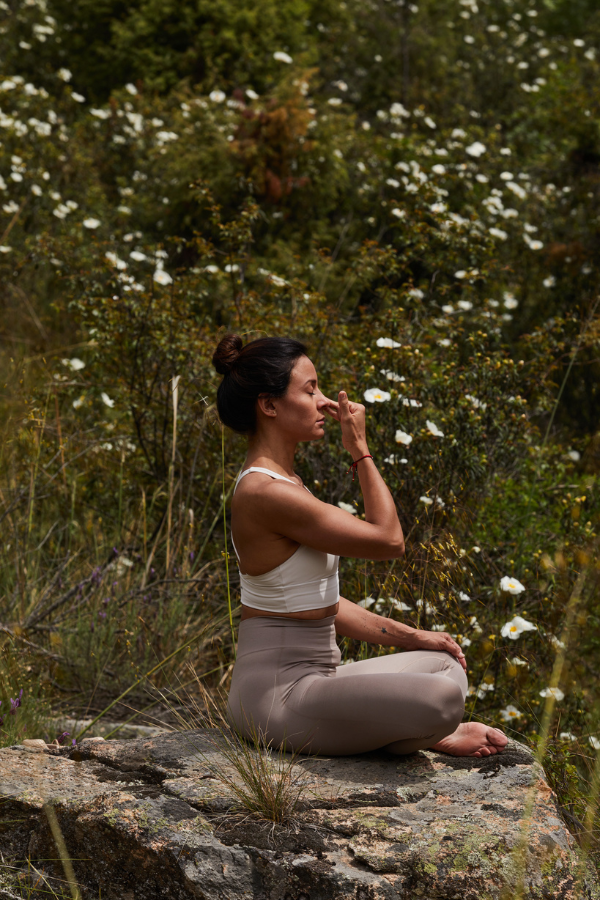

Laughter, often considered a simple, spontaneous behavioral response, carries with it a myriad of psychological and physical health benefits that contribute to overall well-being. Let’s take a closer look at the many benefits of laughter.
Social and Psychological Benefits
From a psychological standpoint, genuine laughter is a powerful tool for managing stress and improving mood. When we laugh, our body releases endorphins, which are natural mood lifters. This biochemical change not only enhances our mood but also temporarily reduces pain, creating a sense of well-being and happiness.
Moreover, spontaneous laughter helps to decrease stress hormones in the body, such as cortisol and adrenaline, promoting relaxation and reducing the physical effects of stress. This can lead to improved coping strategies in stressful situations and a more positive outlook on life. Even simulated laughter can help boost one’s mood.
Another on our list of psychological benefits is the social connectivity that laughter provides. Sharing a laugh with others can strengthen relationships, enhance teamwork, and promote a sense of belonging and community. This social aspect of laughter can counter feelings of isolation and loneliness, contributing to improved mental health.
Furthermore, laughter and humor can provide a new perspective on challenging situations, enabling individuals to view problems in a less threatening light and promoting a more optimistic and resilient mindset.
Physical Health Benefits
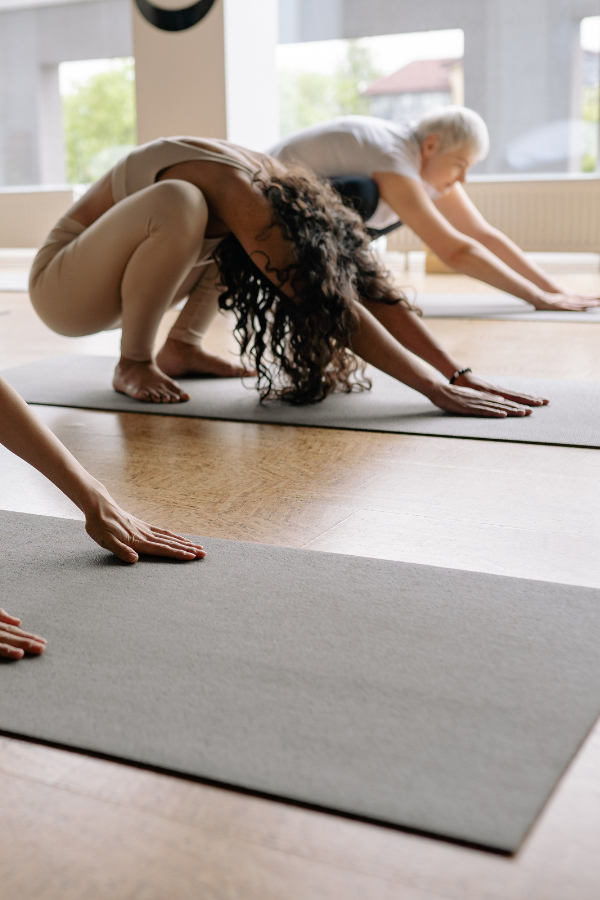

On the physical health front, voluntary laughter has been associated with a host of benefits. It can improve cardiovascular health by lowering blood pressure, increasing blood flow, and improving the function of blood vessels, which can help reduce the risk of heart attacks and other cardiovascular problems.
Laughter also serves as a form of light physical exercise; it engages multiple muscle groups, improves respiration, and can even burn calories. Additionally, laughter has been shown to strengthen the immune system. By reducing stress and increasing the production of immune cells and infection-fighting antibodies, laughter helps the body fight off illnesses more effectively.
Beyond these, laughter can play a role in pain management. By releasing endorphins, which are natural painkillers, laughter can increase an individual’s pain threshold, providing temporary relief from discomfort. It also promotes muscle relaxation, further alleviating tension and physical stress.
Understanding Laughter Yoga
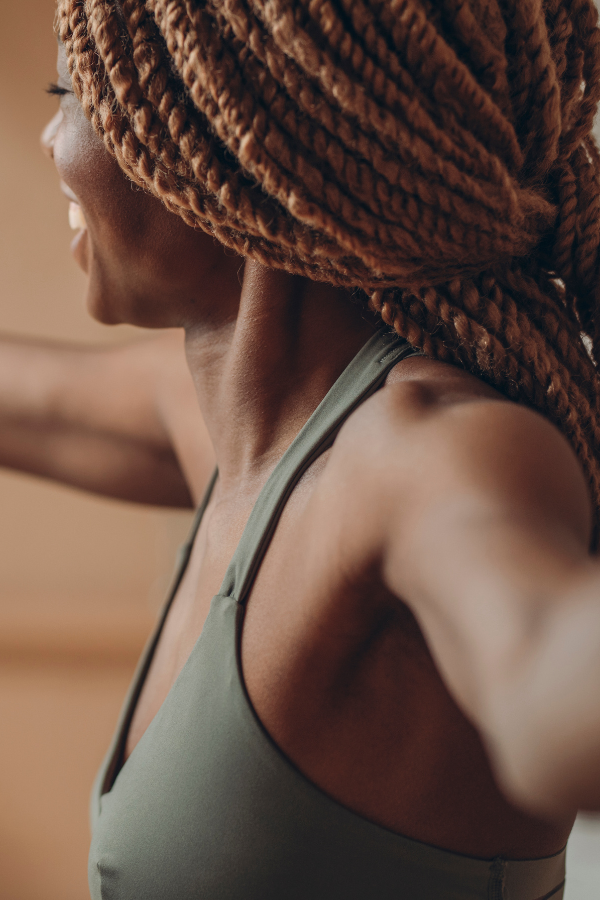

Laughter Yoga combines laughter exercises with yogic breathing (Pranayama). Originating from the idea that the body cannot differentiate between fake and genuine laughter, it offers the same physiological and psychological benefits. The core principles of Laughter Yoga rest on fostering a playful and joyful approach to laughter, aiming to induce it through eye contact and childlike playfulness in a group setting. This practice encourages a positive mental state, stress relief, and interpersonal connectivity, all achieved through voluntary or fake laughter.
The History of Laughter Yoga: How and Where It Started
Laughter Yoga was developed in 1995 by Dr. Madan Kataria, a family doctor in Mumbai, India. The movement began modestly with just five participants in a local park but quickly grew into a worldwide phenomenon. Dr. Kataria was inspired by the profound impact of laughter on health and well-being, as well as the concept of “laughter clubs.” The philosophy behind Laughter Yoga combines ancient yogic techniques with the therapeutic potential of laughter, aiming to improve holistic health and foster community. Today, participants should seek a certified laughter yoga leader to lead their laughter yoga class and teach effective breathing exercises.
Key Components of a Laughter Yoga Session
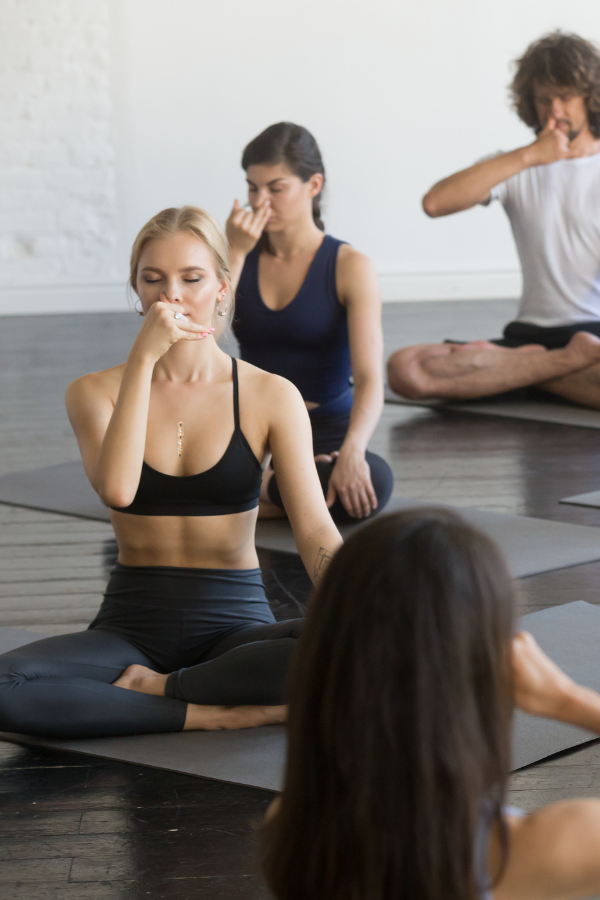

A typical Laughter Yoga session integrates laughter exercises, breathing techniques, and the cultivation of a playful attitude. Sessions often begin with gentle warm-up techniques, including stretching, chanting, clapping, and body movement, to break down inhibitions and encourage a sense of unity among participants. The structured activities are designed to promote childlike playfulness, ultimately leading to prolonged voluntary laughter. These sessions are usually conducted in groups to enhance the interactive laughter experience, under the guidance of a certified Laughter Yoga instructor.
Laughter Exercises
Laughter exercises in Laughter Yoga are designed to be simple, yet they effectively induce laughter without the use of words or cognitive humor. These exercises may mimic everyday situations or playful activities that encourage participants to engage in eye contact and value-free play, leading to contagious laughter. Examples include greeting laughter, milkshake laughter, and lion laughter, each serving to break down barriers and promote a joyful experience.
Breathing Techniques (Pranayama)
Breathing techniques, or Pranayama, are integral to Laughter Yoga, facilitating a deep connection between the body and mind. Yogic breathing exercises help improve lung capacity and oxygenate the body, enhancing the health benefits of laughter. These warm-up exercises help to calm the mind, reduce stress, and increase energy levels. In doing so, breathing exercises prepare one for laughter yoga. They serve as a bridge between the laughter exercises and a state of relaxation.
The Role of Childlike Playfulness
Childlike playfulness is a cornerstone of Laughter Yoga, encouraging adults to tap into their innate ability to laugh without reason. This aspect of Laughter Yoga promotes an open and creative mindset, allowing participants to experience joy, freedom, and spontaneity. Engaging in playful behavior helps to dissolve social and personal barriers, fostering a sense of connection and community among participants. This return to childlike joy is not only liberating but also instrumental in achieving the full emotional and physiological benefits of laughter.
Laughter Yoga is a holistic approach to well-being, combining laughter and yogic practices to enhance physical, emotional, and social health. Through its unique exercises and principles, it provides a pathway to joy, stress relief, and improved overall health, demonstrating that laughter, indeed, can be a powerful medicine.
Laughter Yoga in Practice
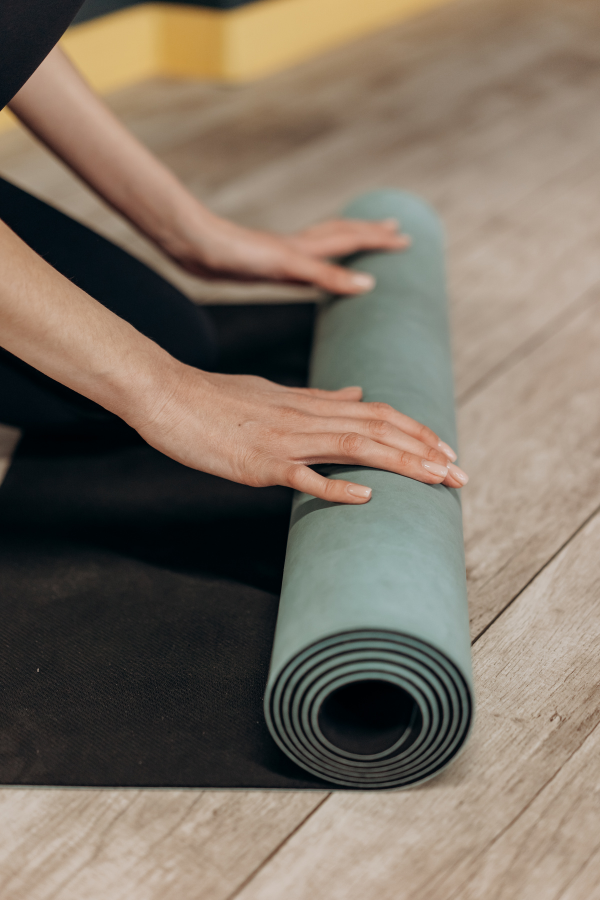

Laughter Yoga sessions are versatile and can be conducted in various settings, including groups at laughter clubs, corporate environments, schools, and even online. Laughter clubs, often free and open to the public, meet in community centers, parks, or other open spaces, fostering a communal atmosphere where participants can engage in laughter exercises together.
In corporate settings and schools, sessions are tailored to reduce stress, enhance team building, and improve concentration. The advent of digital technology has allowed for access to laughter yoga online, ensuring people from different geographical locations can join virtual sessions. This format has proven especially beneficial during times when physical gatherings are limited, ensuring the continuity of the laughter yoga practice and its benefits.
Adapting Laughter Yoga for Different Populations


Laughter Yoga’s flexible approach makes it easily adaptable to suit the needs of various populations, including the elderly, corporate employees, and students. For the elderly, laughter yoga sessions are modified to include gentle movements and seated exercises, making it accessible and beneficial for improving mobility and reducing feelings of loneliness. Schools incorporate laughter yoga into their curriculum to help students manage academic stress, boost confidence, and foster a positive school environment.
By adjusting the practices and exercises to meet the specific needs of each group, laughter yoga becomes a universally beneficial practice that promotes health and happiness across different stages of life and varying social contexts.
Evaluating the Effectiveness of Laughter Yoga


Actual research on laughter yoga has explored its impact on stress reduction, immune system enhancement, psychological well-being, and physical health. Studies have shown that regular laughter yoga sessions can lead to significant improvements in stress markers, mood states, and even blood pressure and cardiovascular health. Research has examined how laughter yoga affects cortisol levels, endorphin release, and overall quality of life. However, research findings are few and far between.
Criticisms and Skepticism: Addressing Common Doubts and Concerns
Despite growing evidence supporting its benefits, laughter yoga faces skepticism and criticism. Critics often question the efficacy of simulated laughter and its ability to produce the same health benefits as spontaneous laughter. Some argue that the effects might be short-lived or that the practice feels forced and unnatural for certain individuals.
Addressing these concerns, proponents of laughter yoga emphasize the body’s inability to distinguish between real and simulated laughter, arguing that both can trigger physiological changes conducive to health. Furthermore, they advocate for personal experience and open-minded participation as the best way to understand and appreciate the practice’s value.
Comparing Laughter Yoga with Other Wellness Practices
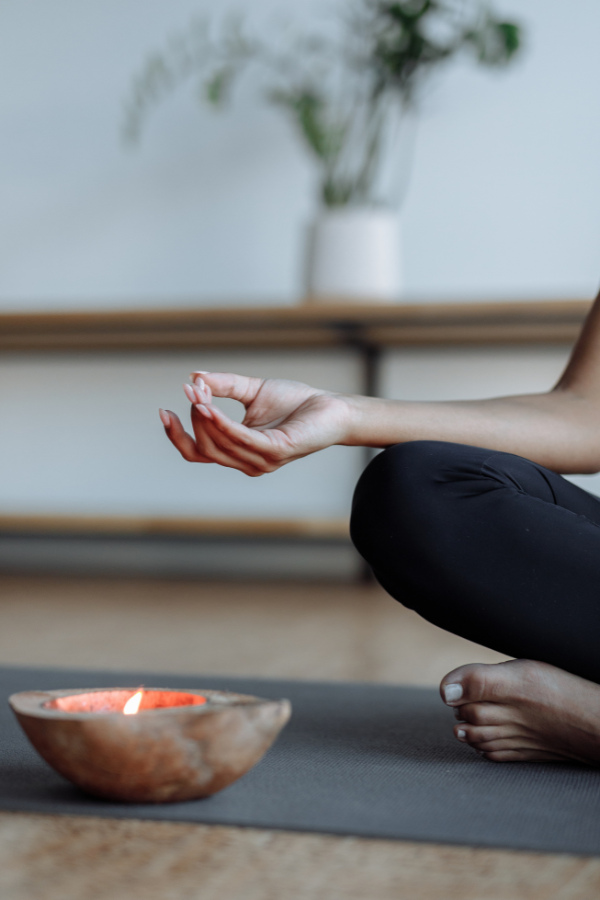

When compared to other wellness practices like mindfulness meditation or traditional yoga, laughter yoga offers a unique blend of physical activity, breathing exercises, and social interaction. While mindfulness focuses on cultivating awareness of the present moment and traditional yoga emphasizes physical postures and spiritual growth, laughter yoga uniquely harnesses the therapeutic power of laughter.
It promotes health and well-being through a joyful and accessible practice, making it particularly appealing to those looking for an alternative or complementary approach to stress reduction and mental health. The communal aspect of laughter yoga also distinguishes it, fostering a sense of connection and shared humanity that may not be as pronounced in more solitary practices.
How to Get Started with Laughter Yoga
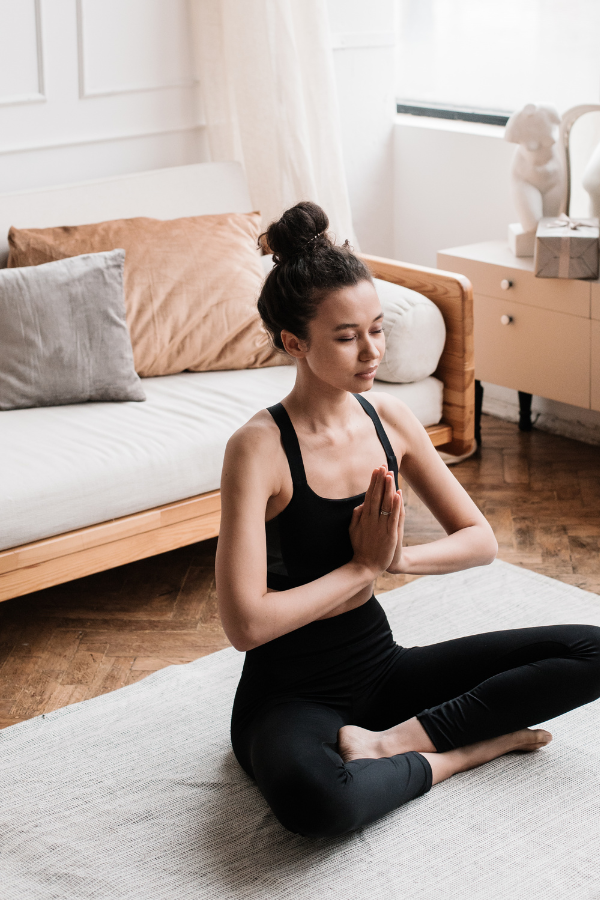

For those new to laughter yoga, starting can be as simple as finding a local class or club. Many communities worldwide have laughter yoga clubs that meet regularly in parks, community centers, or wellness spaces. These clubs are often free or low-cost, making them accessible to a wide range of participants.
To find a laughter yoga class or club near you, start by searching online for local listings or visit the official Laughter Yoga International website, which offers a directory of laughter yoga professionals and clubs globally. Social media platforms and wellness-focused websites can also be valuable resources for discovering local laughter yoga events.
Tips for Practicing Laughter Yoga at Home
Practicing laughter yoga at home is a convenient option for those who prefer a more private setting or are unable to find a local group. Begin by creating a comfortable, distraction-free space where you can move freely and laugh without restraint. There are numerous online resources available, including instructional videos, guided laughter sessions, and audio recordings, to help you get started.
Start with simple exercises, such as smiling, clapping, and chanting, gradually incorporating more laughter exercises as you become comfortable. Remember, the goal is to enjoy the process, so don’t worry about forcing laughter; it often becomes real through the act of laughing itself.
Final Thoughts on Laughter Yoga Therapy


Laughter yoga could open up a world of joy, health benefits, and community connections for you. By starting with local classes or online resources and engaging with the laughter yoga community, beginners can quickly find their feet in this uplifting practice. Whether you’re looking to improve your mental and physical well-being or simply seeking more laughter in your life, laughter yoga offers a simple, effective, and enjoyable path to achieving these goals. Let us know if you have ever taken a laughter yoga class or plan to attend one in the future in the comments below!








